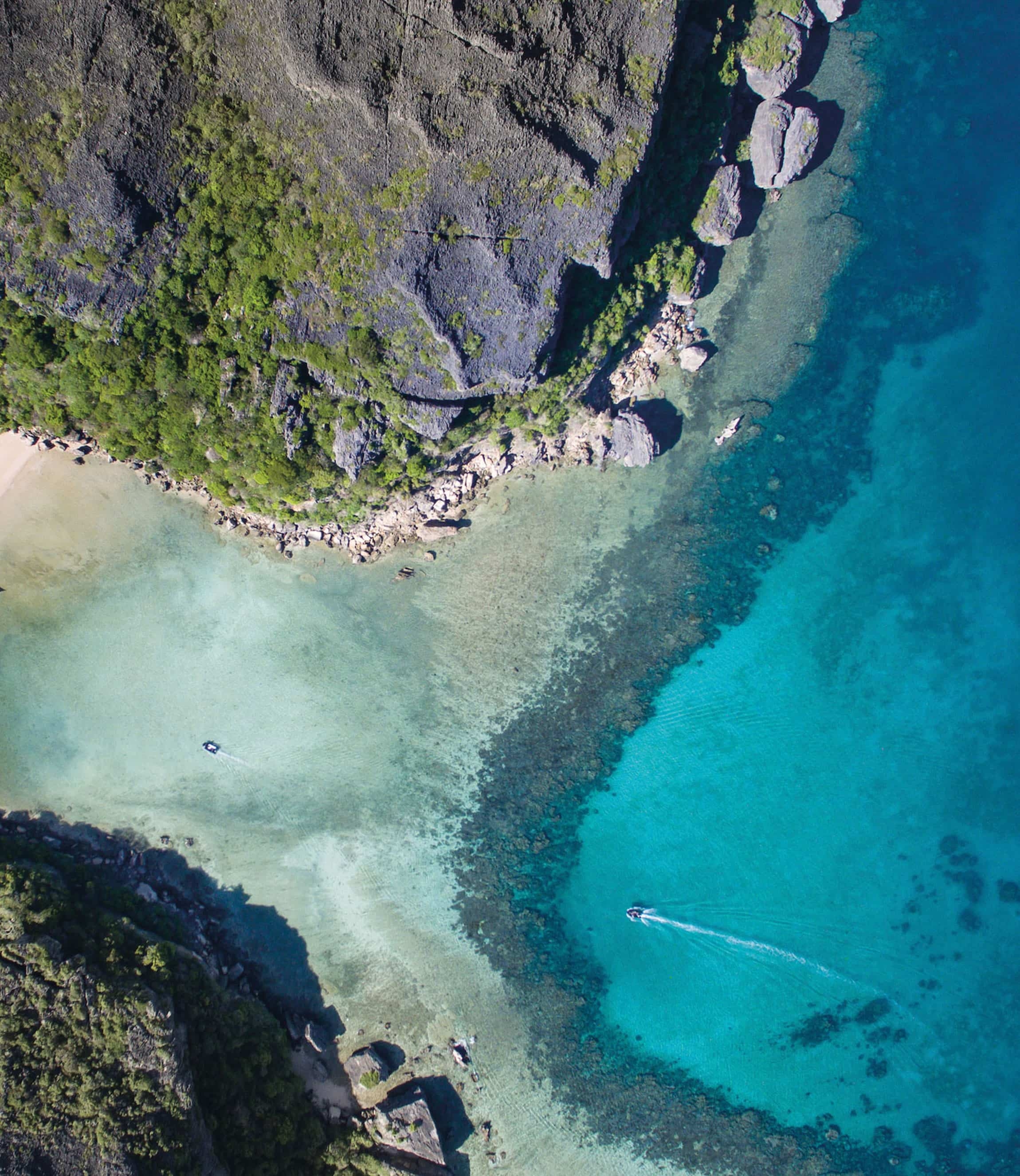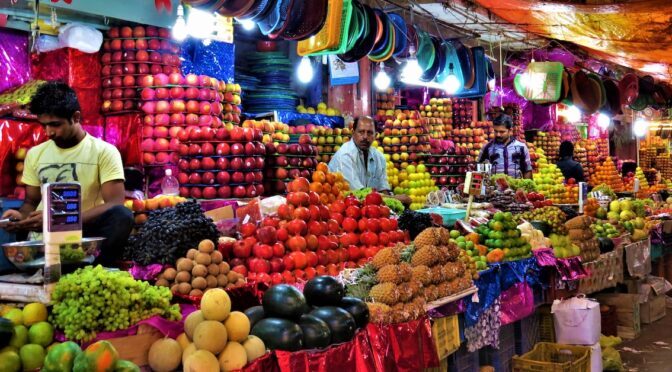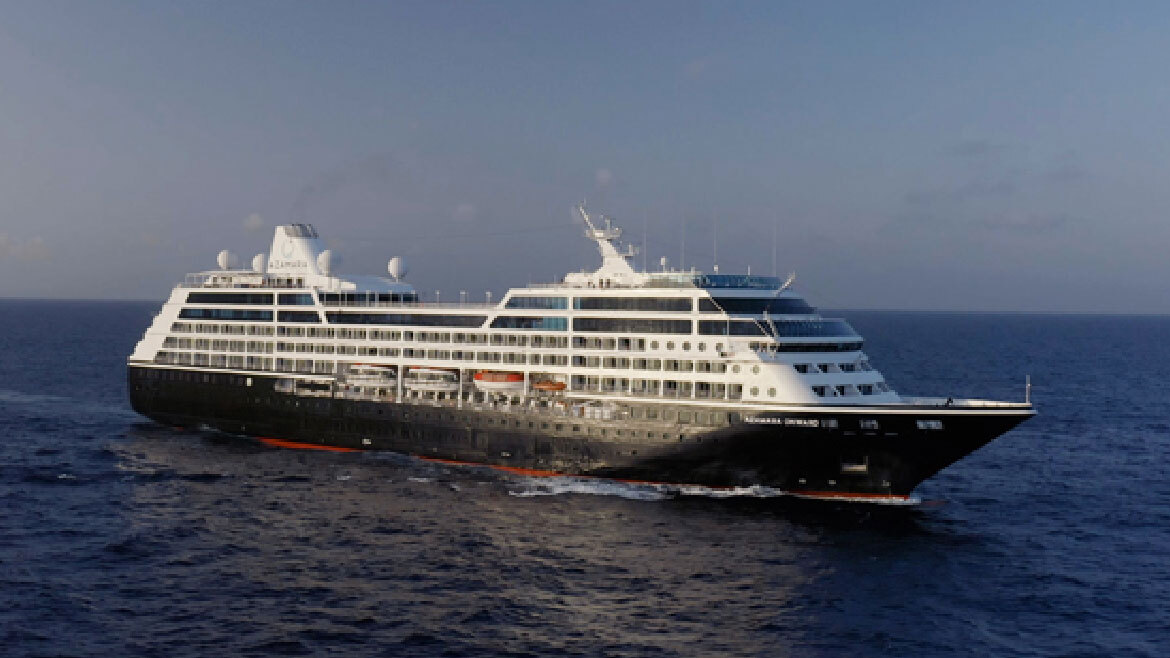Expedition cruising with Silversea
A botanist, a tropical biologist, a geologist and an ornithologist walk into a bar. No this isn’t the start of some terrible joke – it’s just life onboard a Silversea Expeditions cruise, where scientists and experts are on hand all day, whether you’re in the lounge sipping a glass of champagne or sunbathing by the pool. They’re ready to share their wisdom at any time. It’s the 11-strong expedition team that sets this adventure-based product apart from other cruises – that and a fleet of Zodiacs, which whizz guests from ship to shore in the remotest of places.
I joined Silversea’s only leased ship Silver Discoverer in Colombo, Sri Lanka, bound for an expedition around several deserted Maldivian islands and on to the Seychelles.
When most people think of expedition cruising, visions of seeing penguins flapping around Antarctica or polar bears proudly parading in the Arctic often come to mind. You wouldn’t think a sailing around the Indian Ocean could possibly be an expedition, and I was doubtful prior to the trip. But I was wrong. Expeditions don’t need to be hardcore. Soft adventure is still an expedition, especially when you’re learning about wildlife, nature and the earth as you travel. After all, expeditions are usually linked to scientific discovery and learning, and that’s central to what Silversea’s adventure product is about.


Guests still won’t be roughing it. Silversea Expeditions is aimed at adventurous types who are intrepid enough to clamber into a Zodiac, but still like champagne brought to their suite by a butler in white gloves, designer toiletries on tap and spa treatments galore.
Silver Discoverer, which is set to leave the Silversea brand in April, ticks those boxes. But this 116-passenger ship isn’t a natural fit with the Silversea fleet, and perhaps that’s why the company has opted not to keep it.
While the hardware is a little dated – and worlds apart from sister expedition ships Silver Galapagos, Silver Cloud and Silver Explorer –
the customer service is very much that of a classic Silversea cruise.
For a serial Silversea guest such as me (this was my fifth cruise with the brand), I was slightly disappointed by the food, it was good but not quite as exquisite as I’d come to expect. But it’s not food that’s the draw. Instead, it’s the wonderfully exotic itineraries that entice clients – everything else is simply a bonus.

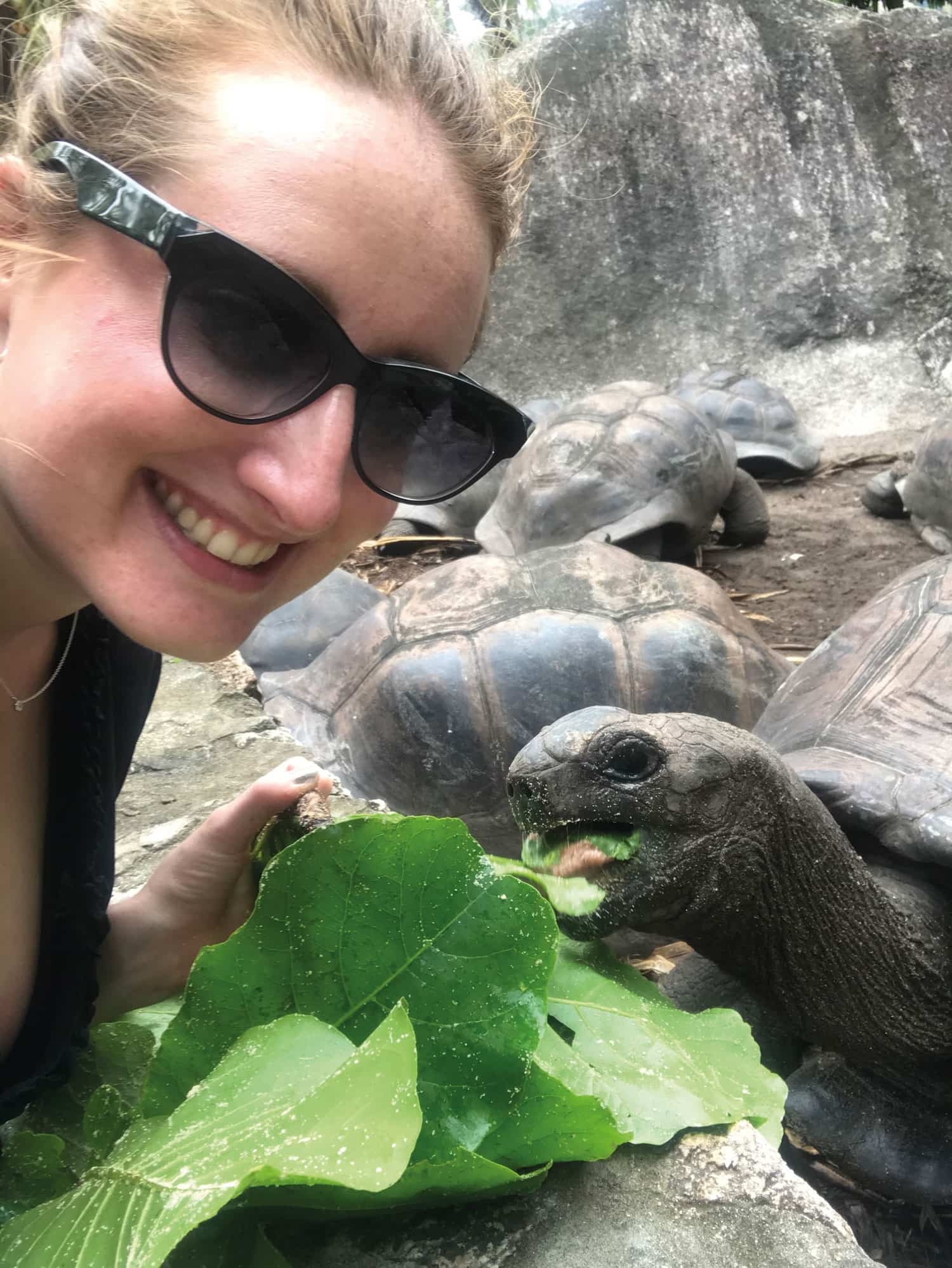
Nature’s wonders
Without time to explore Colombo, we set sail for the old fort city of Galle. This colonial gem, filled with narrow cobblestone alleys and boutique shops, is also a good base for visits to the tea plantations in the surrounding countryside.
While there might not have been much to scout out on the expedition front in Galle, that soon changed when we pitched up at our next port of call, Hambantota. Our original plan of heading to Yala National Park was scrapped due to monsoons, but the expedition team had a plan B up their sleeves (something that was required at several of our subsequent ports of call, as a result of the weather. Instead, we headed to neighbouring Lunugamvehera National Park.
Expedition staff joined our safari and told us all about the passing birds and wildlife. Sadly, the safari wasn’t as fruitful as we’d hoped; nature wasn’t playing ball and no leopards or elephants were spotted. But nature was soon to be our playground, as we set sail for the Maldives. On our first day in the archipelago, the sun beat down, as we splashed around in our snorkelling gear, entranced by the colourful world under the sea.
Every day brought a new island, or on some days two or three tiny, deserted ones. We hopped our way from the northernmost island, slowly drifting south over the next five days. We soon settled into a daily routine: wait for the ship to anchor at a new island, pop our lifejackets on, jump into the Zodiac and get soaked as we zip across the water at full pelt, jump out and explore, bask in the sunshine and swim with the fishes.
But those clear blue skies weren’t always guaranteed. It isn’t always sunny in paradise, and as we made our way south, we were hit by some severe storms, leaving many guests suite-bound each evening as the ship bobbed from side to side and rolled over four and five-metre waves. The champagne was put back on ice temporarily, in favour of vast quantities of sea sickness tablets. A sense of camaraderie soon built among the guests, as every couple shared stories of their lack of sleep and wished for the sun to return. And with three sea days on the horizon, we became desperate. “Please, please, please,” we’d say as we opened our suite curtains each morning. Eventually someone listened, because those three days were utterly glorious. See

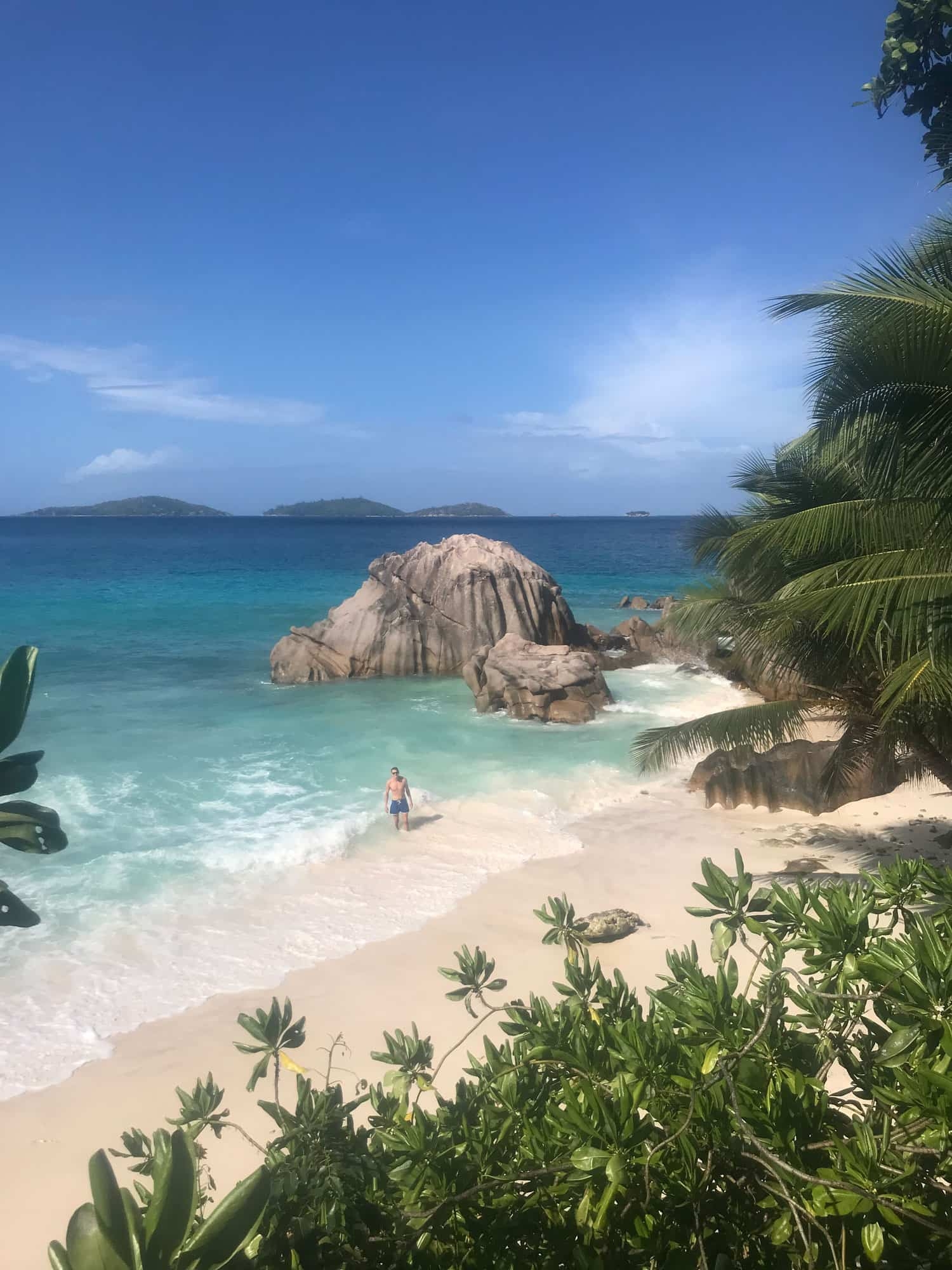
In between some serious sunbathing, you’d find me either eating or learning. I’d try to get to at least one lecture a day, organised by a member of the expedition team. They covered anything from earthquakes to insects and all relevant to where we were travelling. And while the knowledge of the expedition staff was my onboard highlight, my highlight off the ship was visiting the Seychelles. Over the course of three days, we stopped off at La Digue, Curieuse Island, Praslin and Mahé – all boast beautiful beaches, but La Digue, in my opinion, is the most beautiful.
Here, life is simple, with few cars on the roads, and most people making their way by bicycle. Silver Discoverer’s guests are encouraged to do the same. So we hit the road, following the coastline of La Digue as we make our way to the island’s showstopper – Anse Source d’Argent. Most visitors to the island head straight here to gawp at the enormous granite boulders plonked perfectly in the shallow, pale-blue waters of the Indian Ocean. It can get pretty crowded with tourists, but continue past the first cove and you’ll find even more boulders and a lot fewer people. In the bushes at the back of the beach, locals chop up coconuts and mix cocktails for passersby. A day here just isn’t enough, and it took a lot for me to pack up my towel and snorkel gear, and jump back into the Zodiac to head back to Silver Discoverer.
I may not be a biologist, geologist, marine biologist or botanist, but I know La Digue is heaven-sent.
BOOK IT:
Silversea Expeditions will offer several cruises to the Indian Ocean in 2019. Silver Whisper will sail from Singapore to Mombasa on a 16-day sailing that will call at Kuala Lumpur, Colombo, Malé, Praslin and Mahé. The sailing departs on March 18 and leads in at £9,200.
What’s new
Indian Ocean
Four Seasons’ second property in the Seychelles opened earlier this year. Four Seasons Desroches Island has 71 suites, villas and bungalows, the largest of which has seven bedrooms. The property, which is on the remote Desroches Island, is a 35-minute flight from Mahé.
Lux South Ari Atol in the Maldives has been awarded Green Globe certification for its sustainability strategy. At the marine biology centre, guests can learn about the property’s efforts to protect the native whale shark population and to regenerate coral. They will also have the opportunity to learn more about the resort’s sustainable efforts on eco tours.
Kudadoo Maldives Private Island
by Hurawalhi opens its doors this month. The island has 13 one-bedroom and two two-bedroom overwater Ocean residences. The property (pictured) is 40 minutes by seaplane from Malé airport and a five-minute speedboat ride from sister property Hurawalhi. Prices from $3,800 a night.
